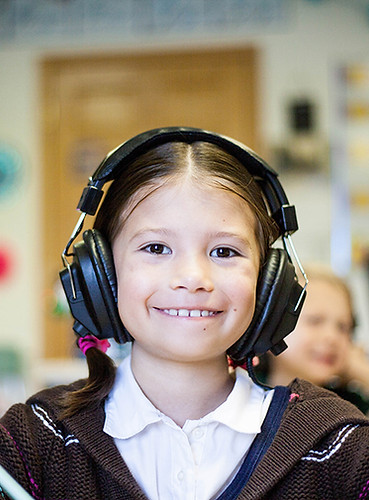Liquid Learning
Research shows that how knowledge and life skills are assimilated depends largely on the learning styles of the student. Creating a mix of the 3 main approaches outlined below ensures that everyone is kept in the learning loop.

Physical
Physical learners prefer embodied activities. They like to touch, taste, smell, and be active within the lesson in order to best process and remember what they are learning. They can struggle when a lesson or activity is too sedentary. There are two types of kinesthetic learners:
- Kinesthetic (movement) learners are all about getting involved. This type wants a deep dive where they are fully engaged with the material and can learn from the experience. Physical stimulation is the key to success.
- Tactile (touch) learners are of a similar breed – they have trouble sitting still – but it’s not just about motion. They often opt to write down or draw what they learn just to feel their hand move, and often want to peruse an overview of a lesson before getting into specifics.
Visual
Visual learners can be divided into two types. Both take in information by having time to process what they see, however memorization and understanding is triggered in vastly different ways.
- Visual-linguistic learners process information best through writing and reading, thrive in lessons presented in text-driven formats, and are quite keen on taking notes. They memorize information through exercises that draw on their linguistic strengths and are able to express themselves sincerely through words.
- Visual-spatial learners are still visual learners – but in a significantly different manner. Words are not their forte; they instead prefer images, infographics, and artistic renderings. The visual-spatial learner memorizes places, sights, and locations by taking a mental picture and using the image to process associated feelings.


Auditory
Auditory learners gain from, enjoy, and practice listening and speaking.
There are a few common and noticeable traits of auditory learners. For example, they often talk out loud to themselves, a process that helps them process thoughts and ideas and gives them a chance to clear their mind.
Employing the Socratic method (a form of cooperative dialogue based on asking and answering questions) is an effective way to help the auditory learner absorb the material presented to them. It allows them to both take information from a lesson and use their own knowledge to fill in the gaps.
There are a few common and noticeable traits of auditory learners. For example, they often talk out loud to themselves, a process that helps them process thoughts and ideas and gives them a chance to clear their mind.
Employing the Socratic method (a form of cooperative dialogue based on asking and answering questions) is an effective way to help the auditory learner absorb the material presented to them. It allows them to both take information from a lesson and use their own knowledge to fill in the gaps.
